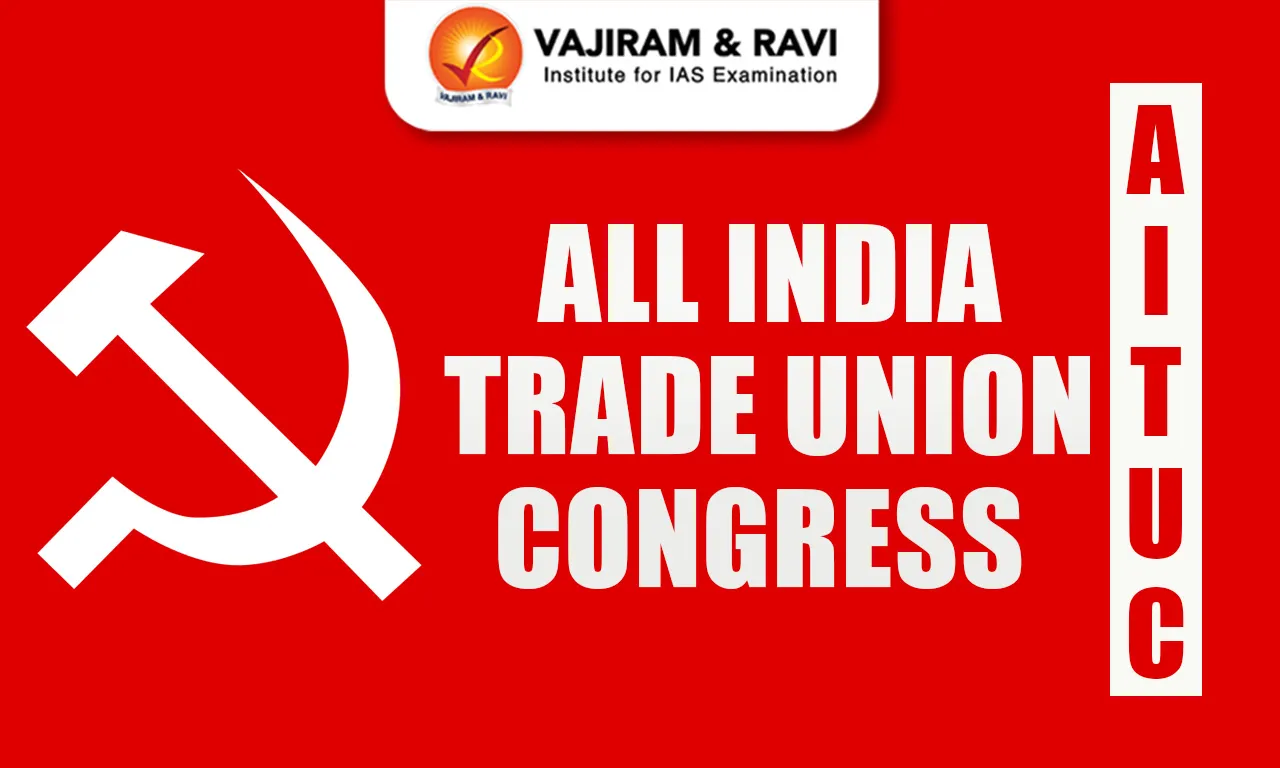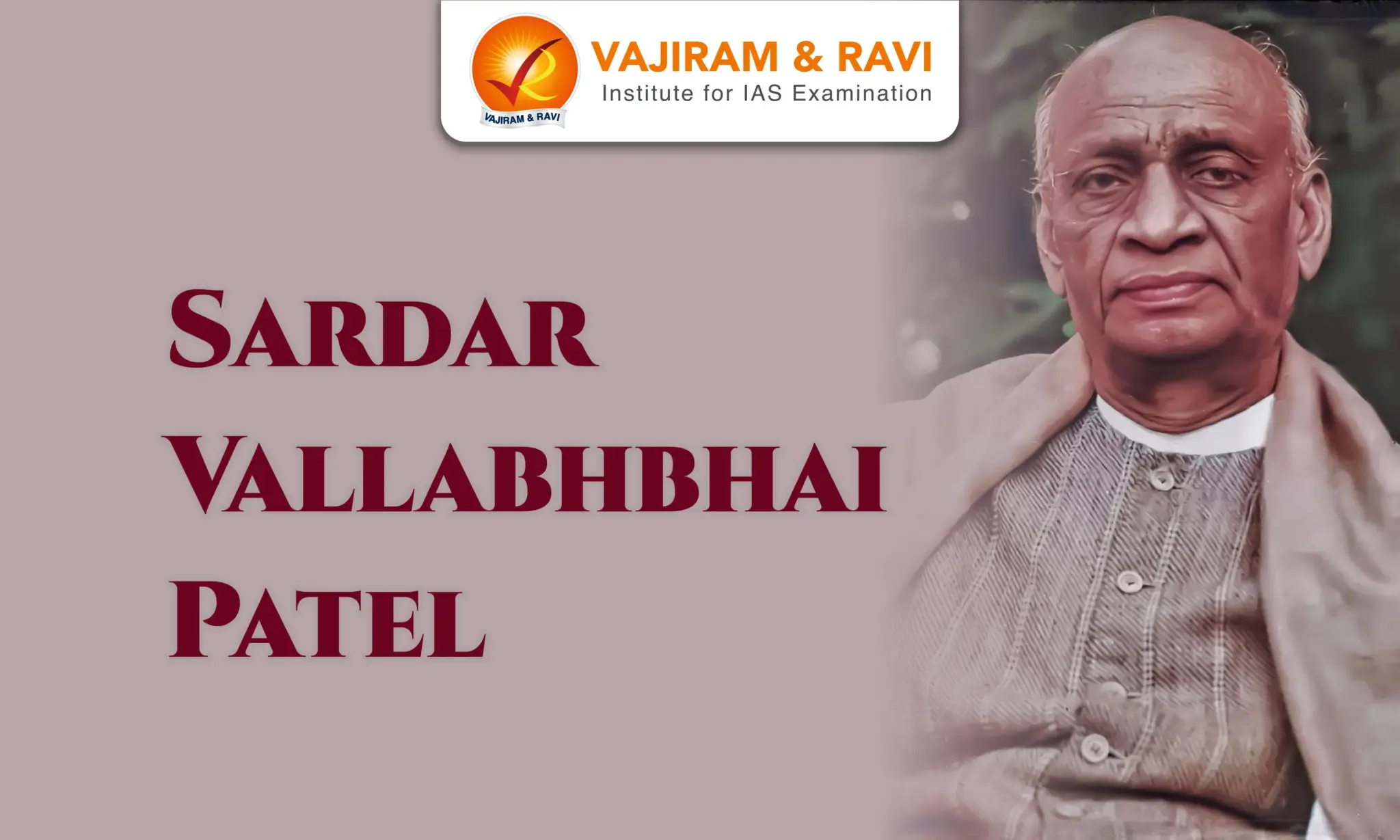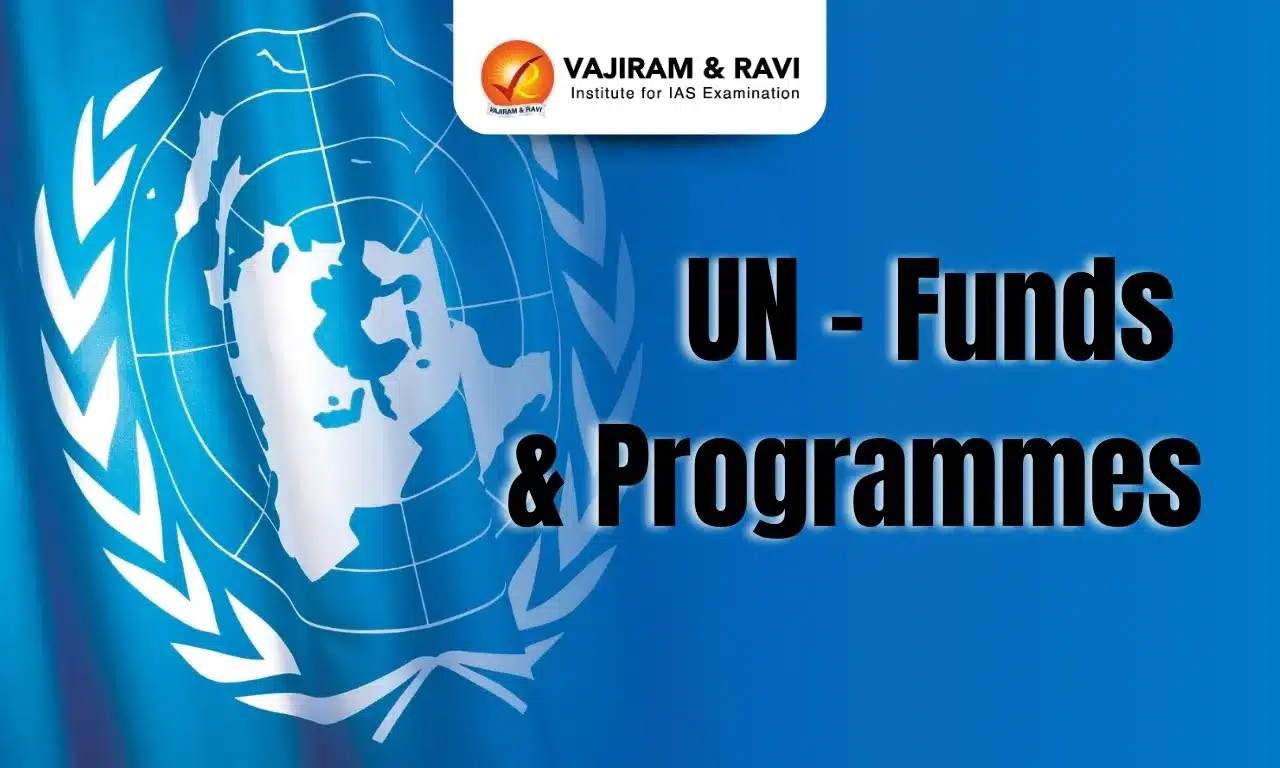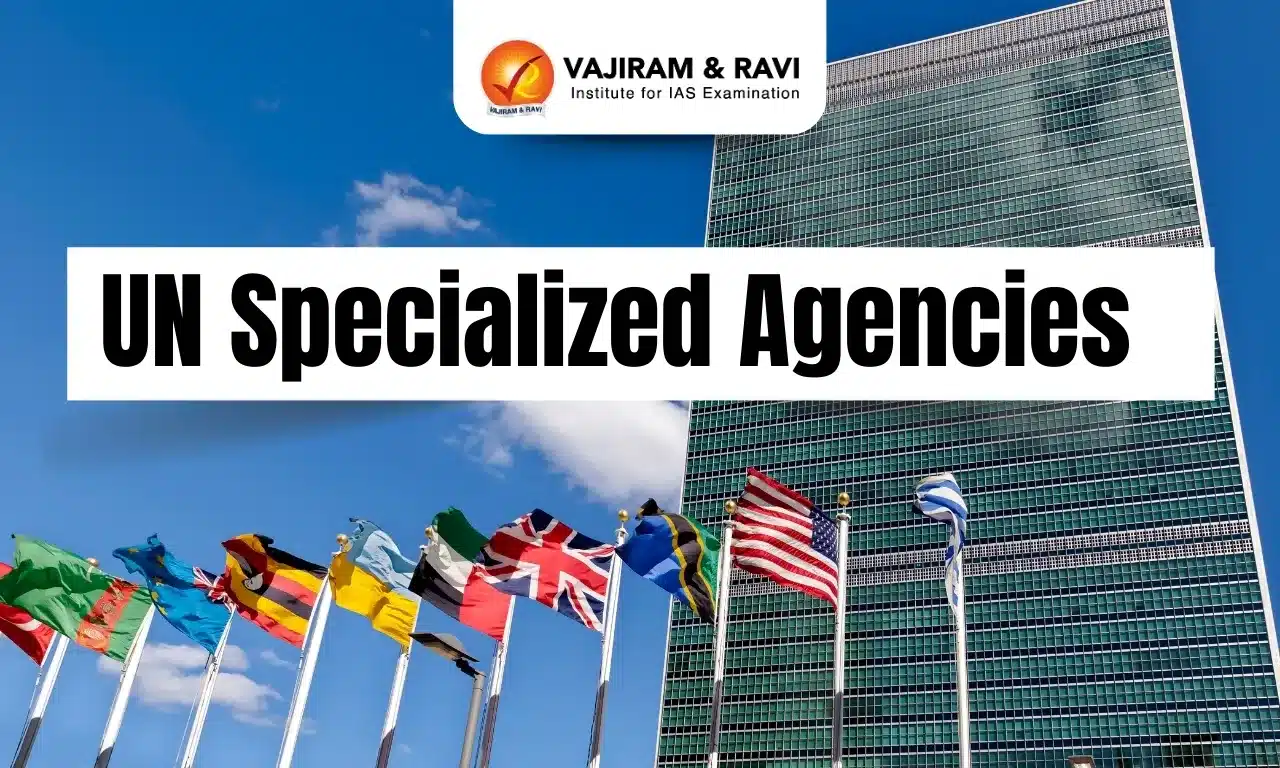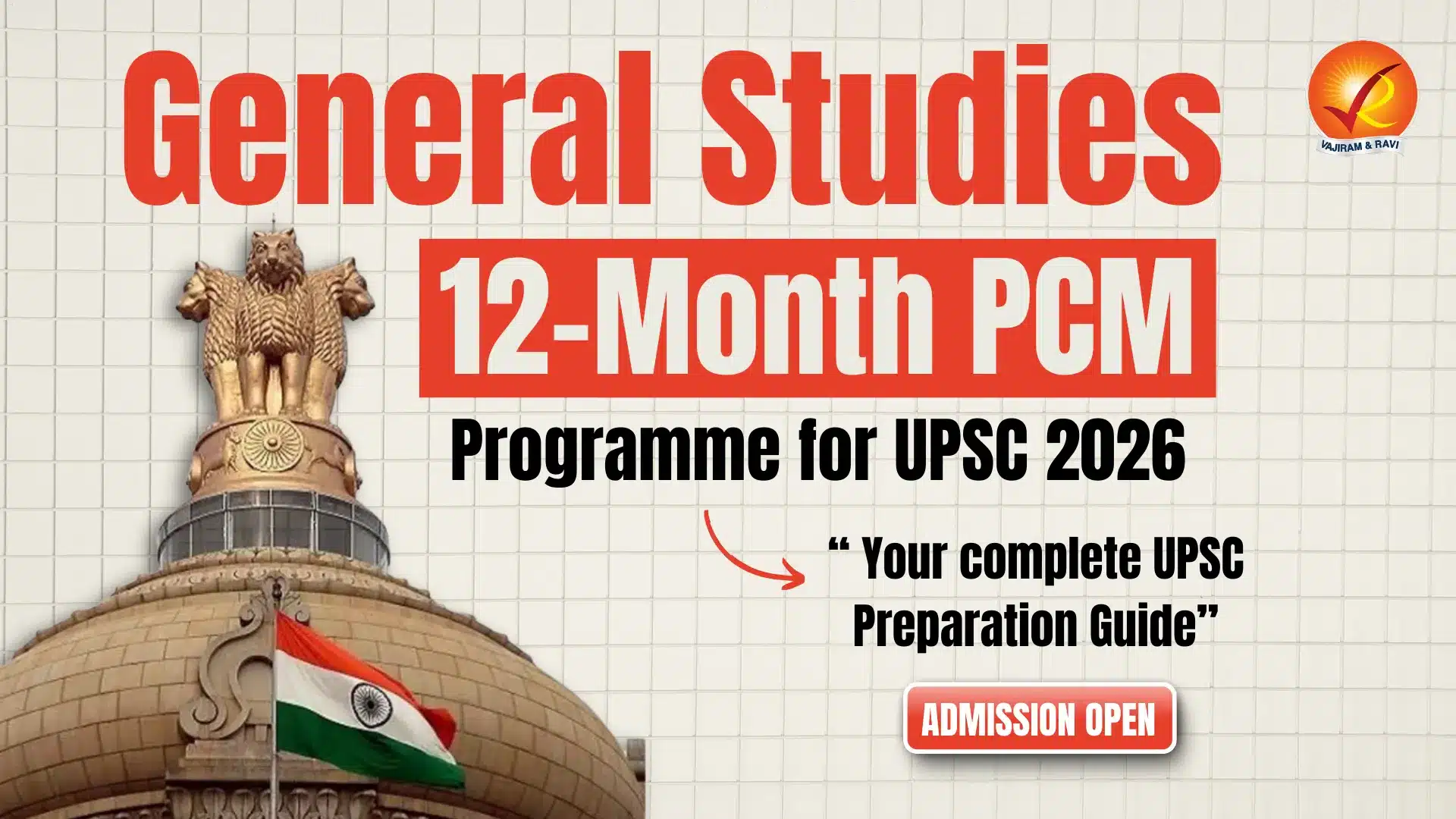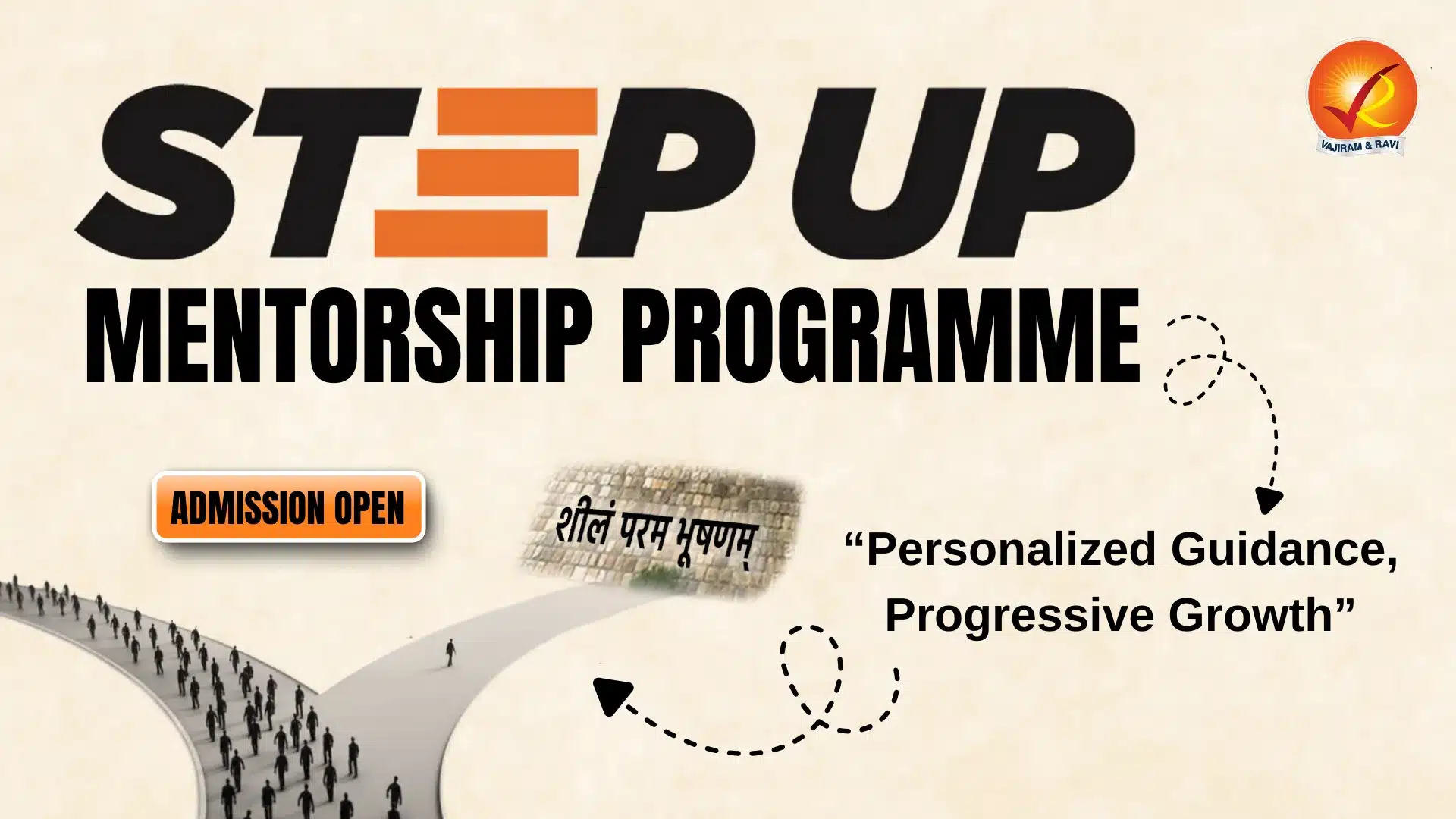The All India Trade Union Congress (AITUC) is one of the oldest and the primary trade unions working to improve workers' conditions and protect their rights. It was established in 1920 to represent India at the International Labour Organisation. The AITUC is known for taking a strong stance on worker's rights, focusing on social justice, and advocating for higher wages and job security.
The AITUC experienced divisions based on ideological differences among its members, which led to the emergence of multiple factions. By 1937, the trade union movement had started to gain momentum, fighting for worker rights and also playing a significant role in the national movement.
What is AITUC?
The All India Trade Union Congress (AITUC), the first Central Trade Union of India, was founded by Lala Lajpat in 1920 in Bombay to facilitate the socio-economic welfare of the working class. The establishment of the International Labour Organisation (ILO) in 1919 served as a spur for creating the AITUC.
- It was formed to represent India at the International Labour Organisation of the League of Nations. It was the most recognised trade union organisation in India.
What are Trade Unions?
Trade unions are organisations formed by workers to represent their collective interests. These interests include better wages, improved working conditions, and a voice in workplace policies. Trade union's primary purpose is to regulate the relations between workers and employers. The first trade union Madras Labour Union was formed in 1918 by B.P. Wadia
Formation of All Indian Trade Union Congress
Trade unionism started growing momentum in India during the early 1900s, with the Madras Labour Union of 1918, formed by B.P. Wadia, and the Majdoor Mahajan of 1920, formed by Mahatma Gandhi. Numerous industrial hubs, including Kanpur, Calcutta, Bombay, Madras, Jamshedpur, and Ahmedabad, saw a surge of strikes in 1919–1920, leading to the formation of the All India Trade Union Congress in 1920 at Bombay with Lala Lajpat Rai presiding over its inaugural session.
- Prominent leaders: Motilal Nehru, Annie Besant, C.F. Andrews, B.P. Wadia, and N.M. Joshi participated, establishing AITUC as the central organization for Indian workers.
- Up to 1945 Congressmen, Socialists, and Communists worked in the AITUC which was the central trade union organisation of workers in India. Subsequently, the trade union movement got split on political lines
Objectives of All India Trade Union Congress
The objectives and demands of the All India Trade Union Congress (AITUC) were centred on improving workers' rights, promoting social justice, and addressing the exploitation of labour in both colonial and post-independence India.
- Unite Workers: Foster solidarity among workers across industries and regions and organize workers into a collective force to address labour issues effectively.
- Protect Workers' Rights: Secure fair wages, humane working hours, and safe working conditions. End child labour and ensure women's labour rights.
- Promote Social Justice: Advocate for social and economic equality. Work toward a socialist economy where workers have control over production and resources.
- Oppose Exploitation: Fight against the exploitation of labour by employers and colonial powers. Challenge oppressive policies and practices affecting the working class.
- Support National Independence: Align labour struggles with the broader movement for India’s independence from British rule. Emphasize the interconnection between political freedom and workers' emancipation.
Key Demands of AITUC
The following were the key demands raised by AITUC:
- Economic Demands: Minimum wage laws to ensure fair compensation. Equal pay for equal work, irrespective of gender or caste. Implementation of unemployment benefits and old-age pensions.
- Labour Rights: Recognition of trade unions as legitimate representatives of workers. Legislation for collective bargaining and the right to strike. Abolition of bonded labour and unfair labour practices.
- Social Reforms: Free and compulsory education for workers’ children. Adequate housing and healthcare for workers and their families.
- Policy Advocacy: Oppose privatization and promote nationalization of key industries. Demand worker participation in management decisions.
- Global Solidarity: Collaborate with international labour movements to address the global exploitation of workers.
Division of All India Trade Union Congres
During the period of the Great Economic Depression, which started in 1929 and lasted till 1939, the All India Trade Union Congress saw two splits. Jawahar Lal Nehru was the president of AITUC during the first split of 1929. The main reason for the split was whether AITUC would support or boycott the Royal Commission on Labour appointed by the British.
- The moderates left the AITUC as they wanted to support the commission, forming the Indian Trade Union Federation with V.V. Giri As the president.
- The Red Trade Union Congress was formed by the communists during the second split of the AITUC in 1931.
- By 1937, the trade union movement began to gain momentum as socialists and leftists attempted to bring peasant groups and trade unions together for a collective movement.
AITUC Split
Until 1945, workers in India, regardless of their political beliefs, were unified under the AITUC. However, the trade union movement later fragmented along political lines, leading to the formation of unions representing both organized and unorganized sectors. After independence, the AITUC broke up into many different trade union centres belonging to different political parties, which can be understood from the below table:
| Trade Union | Political Party |
| All India Trade Union Congress | Communist Party of India |
| Centre for Indian Trade Union | Communist Party Marxist |
| Indian National Trade Union Congress | Indian National Congress |
|
Hindu Mazdoor Panchayat Hindu Mazdoor Sabha |
Socialists |
| Bhartiya Mazdoor Sangh | Bharatiya Janata Party |
Last updated on December, 2025
→ Check out the latest UPSC Syllabus 2026 here.
→ Join Vajiram & Ravi’s Interview Guidance Programme for expert help to crack your final UPSC stage.
→ UPSC Mains Result 2025 is now out.
→ UPSC Notification 2026 is scheduled to be released on January 14, 2026.
→ UPSC Calendar 2026 is released on 15th May, 2025.
→ The UPSC Vacancy 2025 were released 1129, out of which 979 were for UPSC CSE and remaining 150 are for UPSC IFoS.
→ UPSC Prelims 2026 will be conducted on 24th May, 2026 & UPSC Mains 2026 will be conducted on 21st August 2026.
→ The UPSC Selection Process is of 3 stages-Prelims, Mains and Interview.
→ UPSC Result 2024 is released with latest UPSC Marksheet 2024. Check Now!
→ UPSC Prelims Result 2025 is out now for the CSE held on 25 May 2025.
→ UPSC Toppers List 2024 is released now. Shakti Dubey is UPSC AIR 1 2024 Topper.
→ UPSC Prelims Question Paper 2025 and Unofficial Prelims Answer Key 2025 are available now.
→ UPSC Mains Question Paper 2025 is out for Essay, GS 1, 2, 3 & GS 4.
→ UPSC Mains Indian Language Question Paper 2025 is now out.
→ UPSC Mains Optional Question Paper 2025 is now out.
→ Also check Best IAS Coaching in Delhi
All India Trade Union Congress FAQs
Q1. Who established the All India Trade Union Congress?+
Q2. Who was the president of the All India Trade Union Congress in 1929?+
Q3. Who presided over the first session of the All India Trade Union Congress?+
Q4. What are the functions of the All India Trade Union Congress?+
Q5. Who was the founder of the first trade union in India?+



